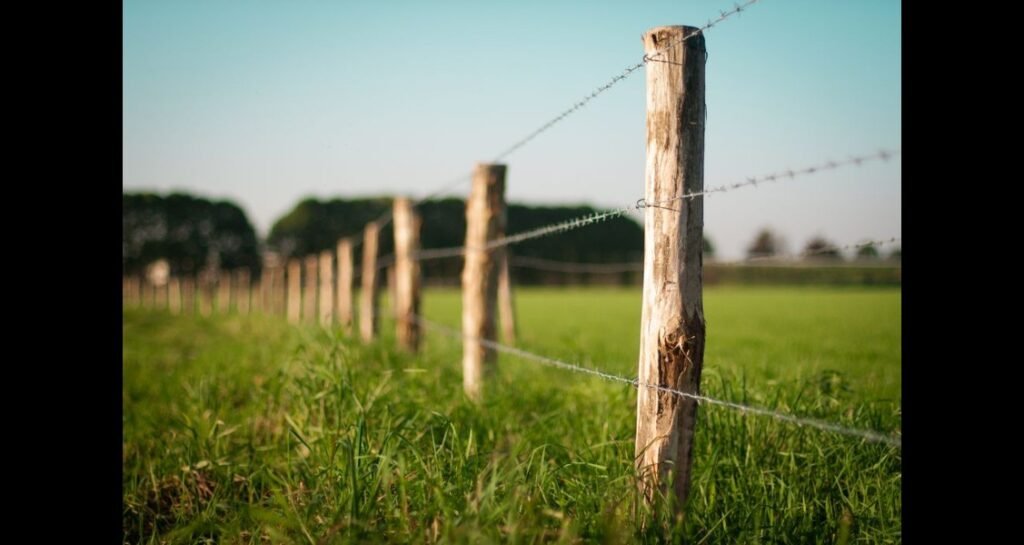Fencing plays a vital role in maintaining a safe and healthy environment for livestock. Upgraded fencing supports better animal care by improving containment, reducing injuries, and creating an organized space for daily farm activities.
Durable, well-maintained fences protect animals from external threats, prevent escapes, and allow farmers to monitor their herds more effectively. Investing in quality fencing not only safeguards livestock but also contributes to efficient farm management and overall animal welfare.
Strength and Durability Matter
Durable fencing materials such as high-tensile wire, treated wood, and steel posts resist damage from weather, livestock movement, and wear over time. Weaker or deteriorating fences can cause injuries or allow animals to roam into unsafe areas.
Upgrading to long-lasting materials reduces repair costs, prevents escapes, and supports a consistent, safe environment. Proper installation, including secure posts and tensioned wiring, enhances overall stability and minimizes maintenance requirements.
Protecting Animals From Hazards
Older fences often develop sharp edges, splinters, or gaps that can injure livestock. Modern fencing designs prioritize safety by using smooth surfaces, reinforced connections, and clear visibility.
Strong enclosures also limit contact with predators or hazardous areas, creating safer conditions for animals to roam freely. By addressing these risks, upgraded fencing helps reduce accidents and ensures a controlled, secure environment for every animal.
Simplifying Herd Management
Thoughtfully designed fences help streamline daily tasks such as feeding, vaccination, and herd rotation. Zoning pastures and providing secure gates or access panels allow farmers to move animals efficiently while minimizing stress.
Time saved on repair work and animal containment can be redirected to monitoring health, providing nutrition, and observing natural behaviors. Modern fencing solutions integrate with herd management strategies, making operations more organized and less labor-intensive.
Reducing Stress for Animals
Animals flourish in environments where they feel safe. Sturdy fences prevent escapes, minimize injuries, and reduce stress caused by unstable or broken barriers.
Ample space, defined boundaries, and secure enclosures promote natural movement, decrease aggression, and enhance overall health. Upgraded fencing supports better animal care by providing a stable, comfortable habitat.
Recognizing When to Upgrade
Farmers can identify when fencing needs improvement by observing signs such as sagging wires that droop between posts, frequent breaches where animals escape, or worn posts showing decay or damage. Recognizing these issues early allows for prompt action to upgrade livestock fencing, ensuring safety and preventing potential losses.
Reinforcing weak points, replacing old or damaged materials, and installing modern fencing features such as electric wires or flexible panels improve security, enhance animal comfort, and streamline management practices.
Long-Term Benefits of Upgraded Fencing
Investing in high-quality fencing delivers long-term advantages. Reduced maintenance, fewer injuries, and improved herd management free up time for health monitoring and feeding routines.
Proper fencing enhances animal well-being and promotes smoother farm operations. Integrating advanced fencing methods ensures upgraded fencing supports better animal care, creating safer, more productive environments for livestock and caretakers alike.

